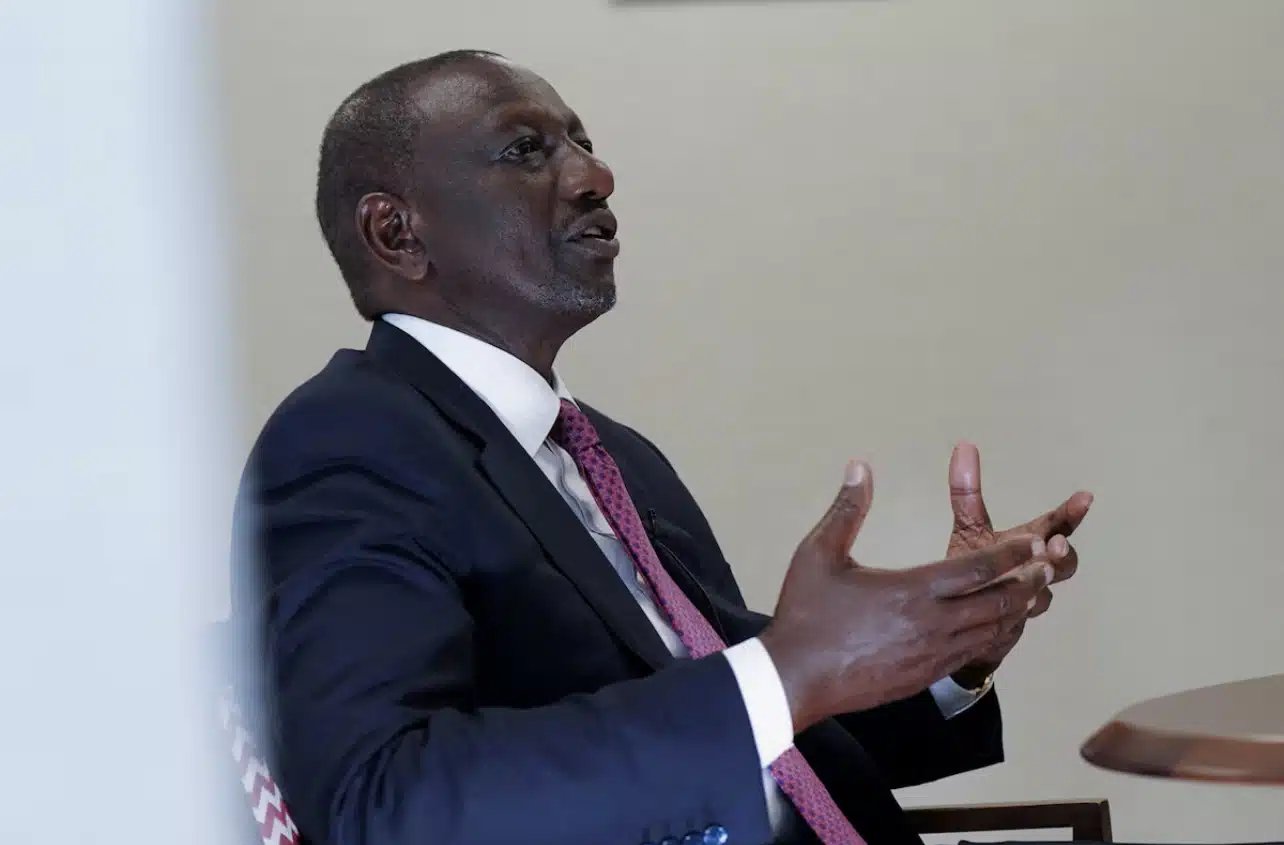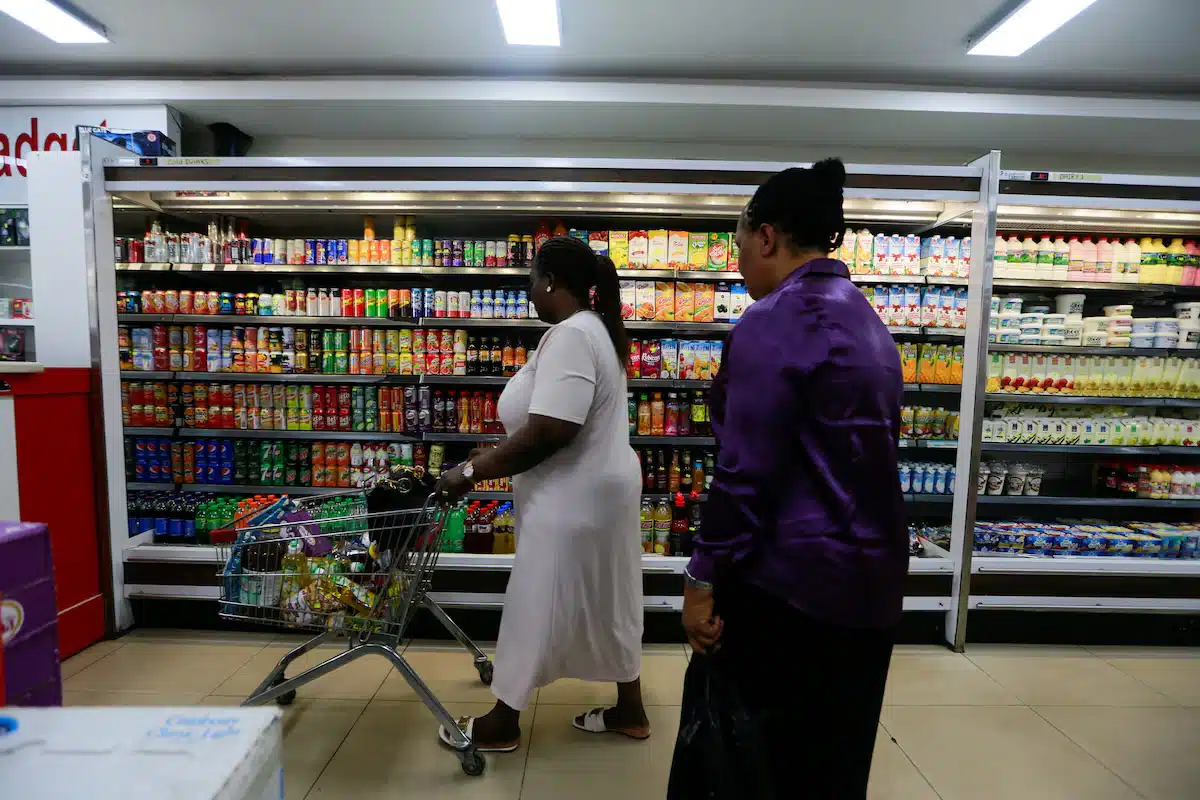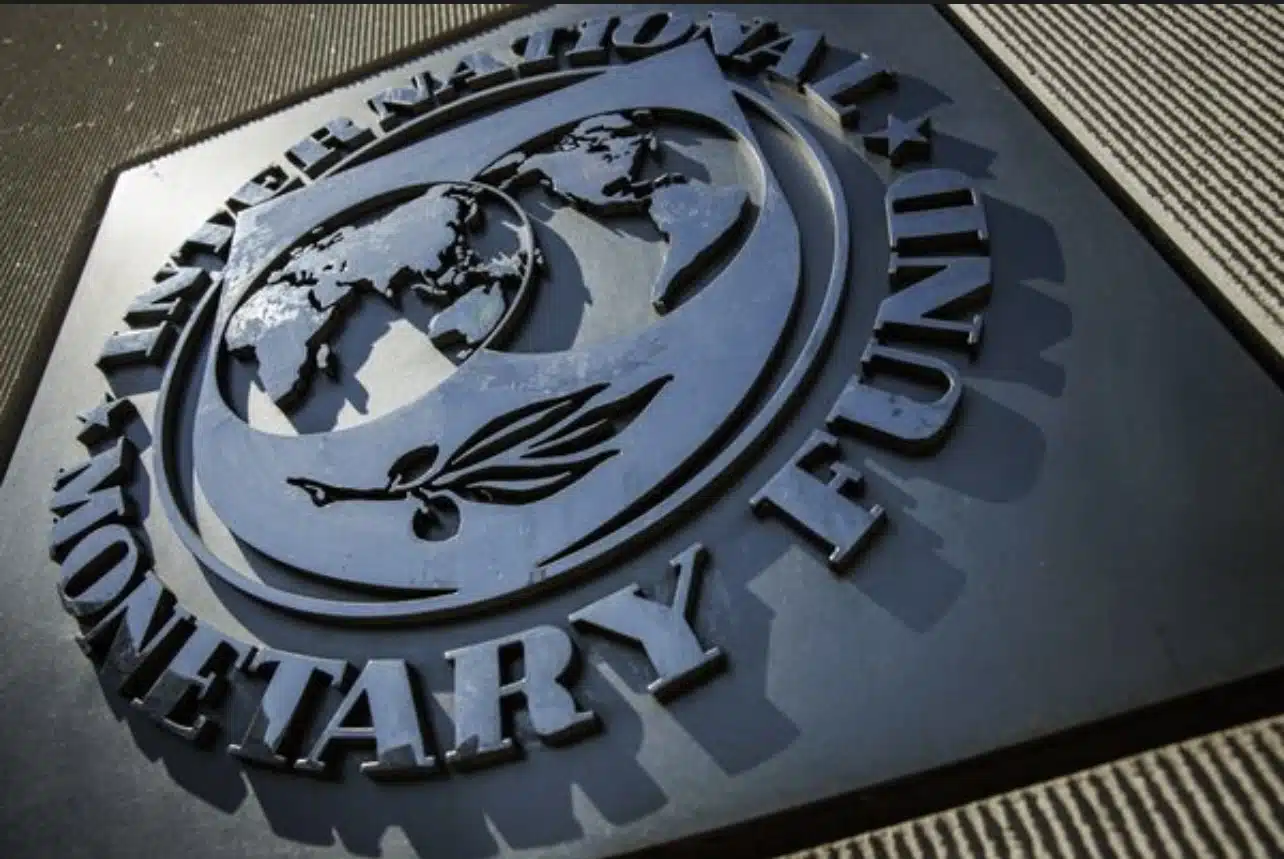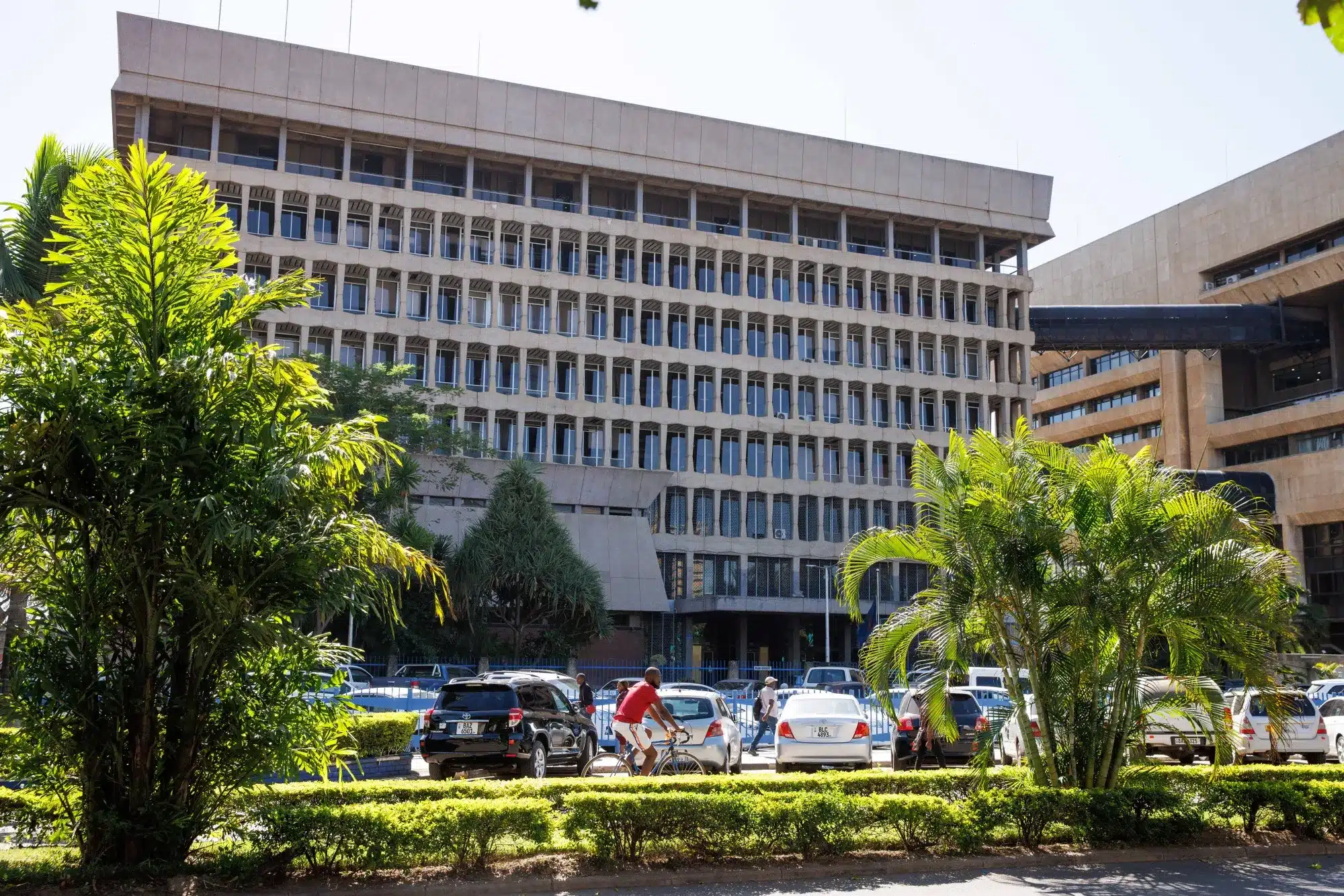Kenya is establishing two new investment vehicles — a sovereign wealth fund and an infrastructure fund — as the government seeks to finance key sectors through asset sales rather than fresh borrowing.
The move marks a shift from over a decade of debt-driven infrastructure expansion that has left the country with one of Africa’s highest debt service burdens.
“We are in the process of having two important funds. One, an infrastructure fund, and the other, which we are going to roll out, a sovereign wealth fund,” President William Ruto said to Reuters over the weekend.
“As responsible citizens of the present, we must think about the generations of tomorrow and we must keep for them something, so that tomorrow, they have a place to start.”
The plan will begin with the partial sale of shares in Kenya Pipeline Company, a state-owned enterprise that operates petroleum transport infrastructure across the country and into neighbouring states.
According to Ruto, the transaction could raise as much as KSh130 billion shillings ($1.01 billion), providing the initial capital for both funds. “The privatisation drive will kick off with the sale of shares in Kenya Pipeline Company,” he said.
A new privatisation law recently passed by Parliament has cleared the way for the disposal of several state-owned enterprises, giving the government a framework to mobilise domestic resources and attract private participation.
Pivot from debt dependence
The East African nation’s debt-to-revenue ratio has climbed sharply in recent years, reaching 68% in the 2023/24 fiscal year, up from 58.8% a year earlier, according to Moody’s Ratings.
The credit agency notes that Kenya now spends about one-third of its government revenue servicing interest payments — among the highest ratios on the continent.
Ruto said the new funds would prioritise investment in agriculture, energy and infrastructure to stimulate production and exports. “The infrastructure fund will be used to boost farming — the biggest economic sector in Kenya — especially to improve production of crops so some can be exported,” he said.
The funds will also target power generation, with Kenya aiming to expand its current capacity of 2,300 megawatts to 10,000 megawatts to support industrialisation.
“For far too long, we have been on an average trajectory and that is why we are not making progress,” the president added.
Investor implications
Analysts say Kenya’s privatisation push could attract fresh investor interest, particularly in infrastructure and utility assets that offer long-term returns.
The Kenya Pipeline sale, estimated at $1 billion, would be one of Africa’s largest state divestments this year, setting the stage for broader private-sector participation in the economy.
While Ruto did not specify when the two funds would become operational, the initiative underscores his administration’s attempt to shift from debt-fuelled spending to sustainable, investment-backed growth — a model gaining traction across emerging markets facing tighter financing conditions.
Note: The local currency figures were converted to their estimated US dollar figures using the KSh 128.8/$1 as of October 7, 2025.









